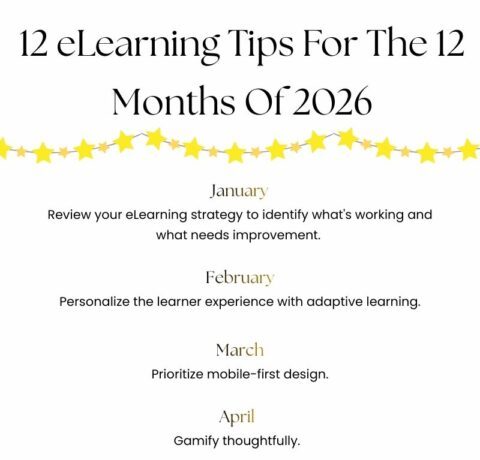Laws of Learning To Develop eLearning Infographic
- Law of Readiness
This law states that learning can only take place when a student is ready to learn. For instance, "When an individual is ready to act or to learn, he acts or learns more effectively and with greater satisfaction than when not ready." - Law of Exercise
This law is simple. The more a person repeats something, the better he is able to retain that knowledge. Remember back in grade school when the teacher would have you write spelling words three times each and then use them in a sentence? She was practicing this law. Part two of this law states that knowledge not used becomes weakened and disappears from memory. "Use it or lose it." isn't just a random saying: when it comes to learning, it is completely accurate. - Law of Effect
- Learning is strengthened when associated with a pleasant or satisfying feeling. Learning is more likely to happen again in the future.
- Learning is weakened when associated with an unpleasant feeling, becoming less likely for learning to occur again in the future. Learners will try to avoid it.
- Learning occurs when it results in satisfaction and the learner derives pleasure out of it.
- Law of Primacy
It is nearly impossible to unlearn the first thing you have been taught so it is essential that an eLearning course teach the correct information. Make sure any information you include is correct, but show special care at the beginning when concepts are most likely to stick. - Law of Recency
This law reminds us that we remember the most recent (last) material covered. For this reason, eLearning designers should make a point of including chapter or unit reviews and building on previous knowledge. - Law of Intensity
The more excitement a lesson creates, the more likely it will be remembered. Creating a hands-on experience, or one that causes the student to feel strong emotion will make the lesson more easily remembered.







You can adjust your cookie preferences here.